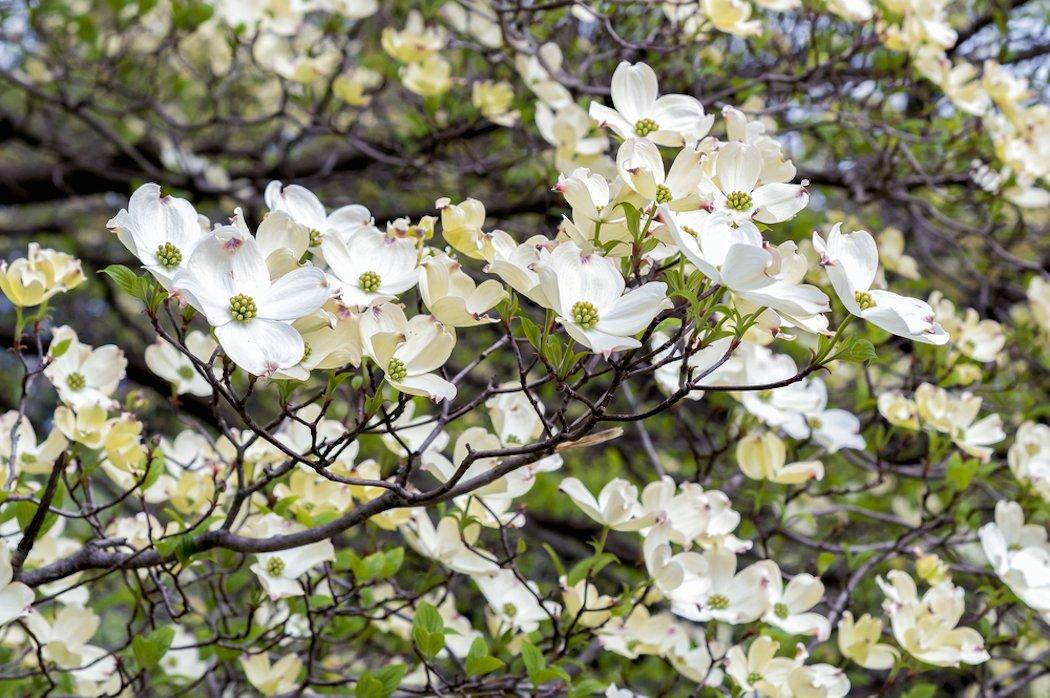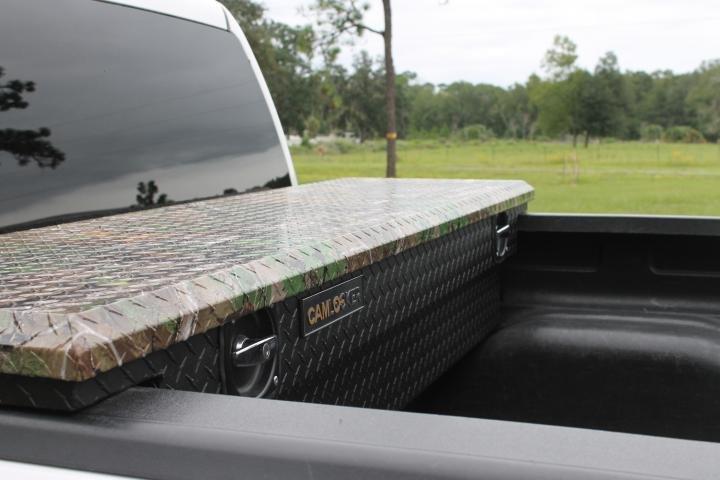What Type of Trees Do You Plant for Wildlife?
Very few trees are appreciated more than a flowering dogwood. From Maine to Michigan and Texas to Florida, flowering dogwoods beautify the understory of mature hardwood forests and decorate communities with their lovely spring flowers and vibrant autumn foliage. Indeed, dogwoods are a year-round favorite, valuable to man and beast.
With the exception of gobblers gobbling, very few signs of spring are more recognizable than the blooms of flowering dogwoods. On top of its spring beauty, dogwood leaves cast a thick shade that provides an oasis from the hot summer sun. And in autumn, dogwoods burn with red, scarlet and purple colors that rival any in the forest.
After its leaves have withered and fallen, dogwoods hold onto their bright red berries through late fall and early winter. According to Dr. James Earl Kennamer, songbirds, small mammals and game birds readily eat this reliable producer of soft mast. "Wild turkeys are particularly fond of the fruit produced by this small tree, which rarely exceeds 40 feet in height," said Kennamer. "In years when the acorn crop is poor, dogwoods can become a more important food source."
Gear Review: Camlocker Truck Bed Toolboxes in Realtree Camo
Flowering dogwoods also have a history of uses that date back to pre-Colonial America. Native Americans drank a tea of the boiled bark to fight malaria, and extracted a red dye from its roots.
During the Civil War, southern ports, blockaded by Union forces, could not receive shipments of quinine (a bitter crystalline alkaloid from cinchona bark used in medicine) from South America; therefore, Confederate soldiers suffering fever and malaria drank, in place of quinine, a potion similar to the Native American tea.
After the Civil War, weaving shuttles fashioned of dogwood helped make cloth that dressed a growing nation in the throes of the Industrial Revolution.
Planting Tips
- Today, dogwood is planted often as an ornamental, but is a valuable addition to wildlife food plantings. Dogwoods do best in rich, moist soil, but grow well in average, well-drained soil. Plant dogwoods in partial shade for best growth.
- In the wild, dogwoods are mid-story trees that thrive in a wide variety of habitats, including areas that offer little sunlight. Because the tree is good for the forest and forest creatures, maintaining and planting dogwoods in areas where needed should be an integral part of long-term forest management plans.
- A note of warning to people who live in or near the Appalachians: Flowering dogwoods growing in areas more than 2,500 feet above sea level are prone to suffer from blight. Consult your county extension agent before planting.
Are you doing something to benefit wildlife? If not, consider planting dogwood trees as your first attempt at land management.
Don't Miss: 8 Off-Season Land Management Tips for Deer Hunters
Editor's Note: This was originally published December 17, 2008.
Are you a hunter wanting to learn how to accomplish your goals? Check out our stories, videos and hard-hitting how-to's on food plots and land management for wildlife.









